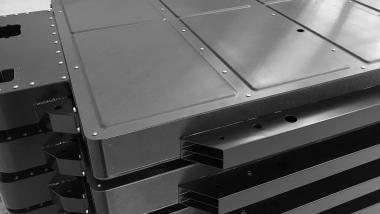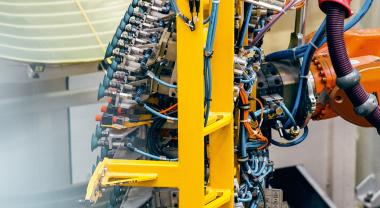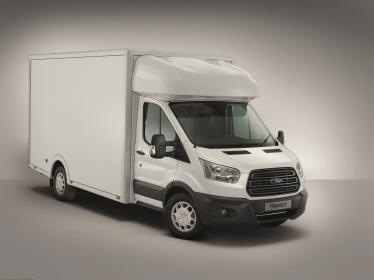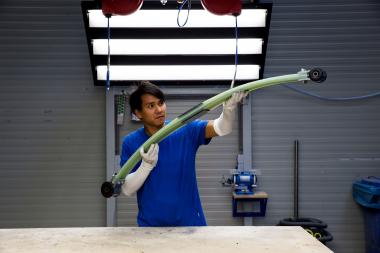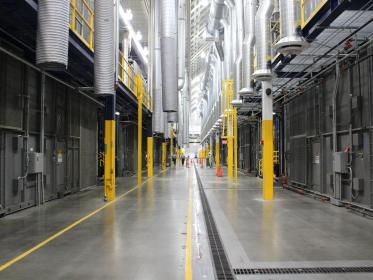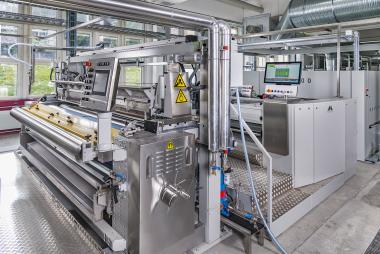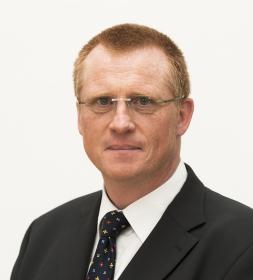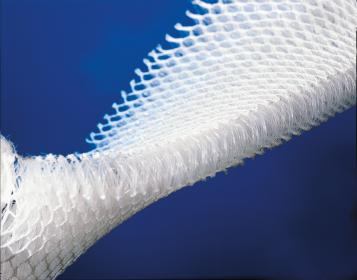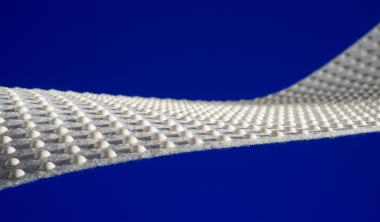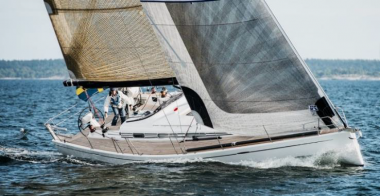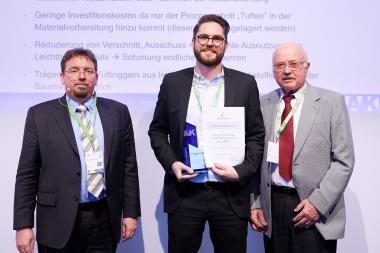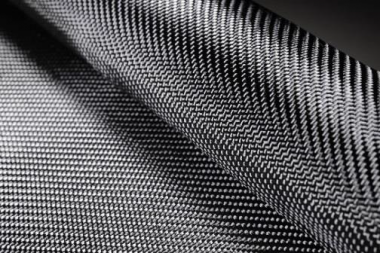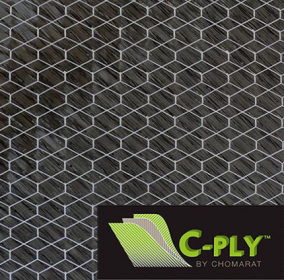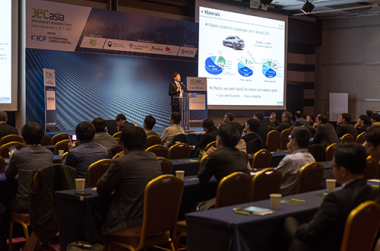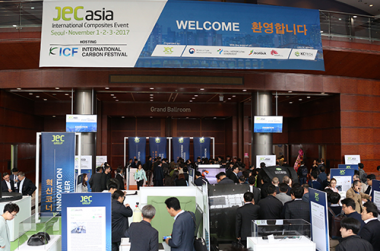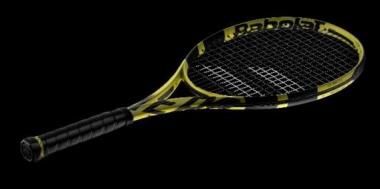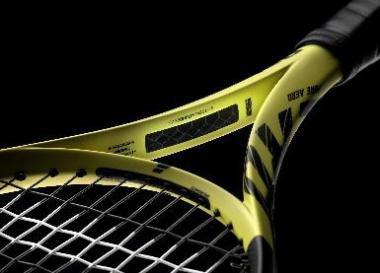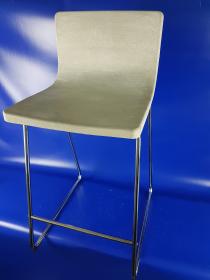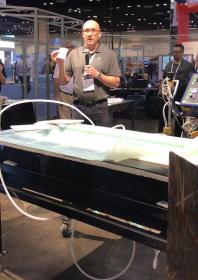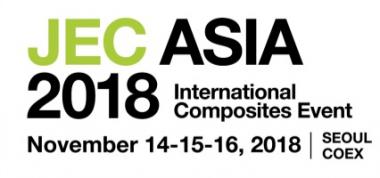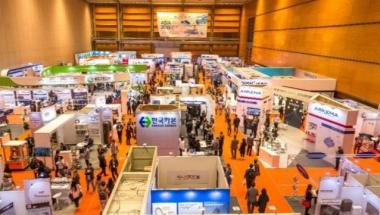SGL Carbon: Contract for composite battery enclosures
- New composite e-mobility application gains momentum
- Strengthening regional footprint in North America
- Potential for further extensions
Following the production of first prototypes of battery enclosures for a Chinese automotive manufacturer in 2018, SGL Carbon has now received a contract from a North-American automaker for high-volume serial production of carbon and glass fiber-based composite top and bottom layers for battery enclosures. The serial production of the components will start end of 2020. The carbon fibers and fabrics as well as the assembled components come from SGL Carbon’s fully integrated value chain. On top of this order, there is the potential for more extensions with further substantial volumes for the shared platform business of the manufacturer.
In addition, SGL Carbon has won a smaller volume contract from a European sports car manufacturer to serially produce bottom layers made of composite as of mid-2020. The company is additionally in talks with further automakers to develop and manufacture battery enclosure solutions for their e-car platforms.
“Driven by the increasing need for e-cars worldwide and thus for new flexible chassis platforms, our composite battery enclosures are a very promising new application in our product portfolio. The recent contract wins show that our approach of developing custom-made solutions based on our integrated value chain offers an excellent value proposition”, says Sebastian Grasser, Head of Automotive Segment.
SGL Carbon
SGL Carbon


